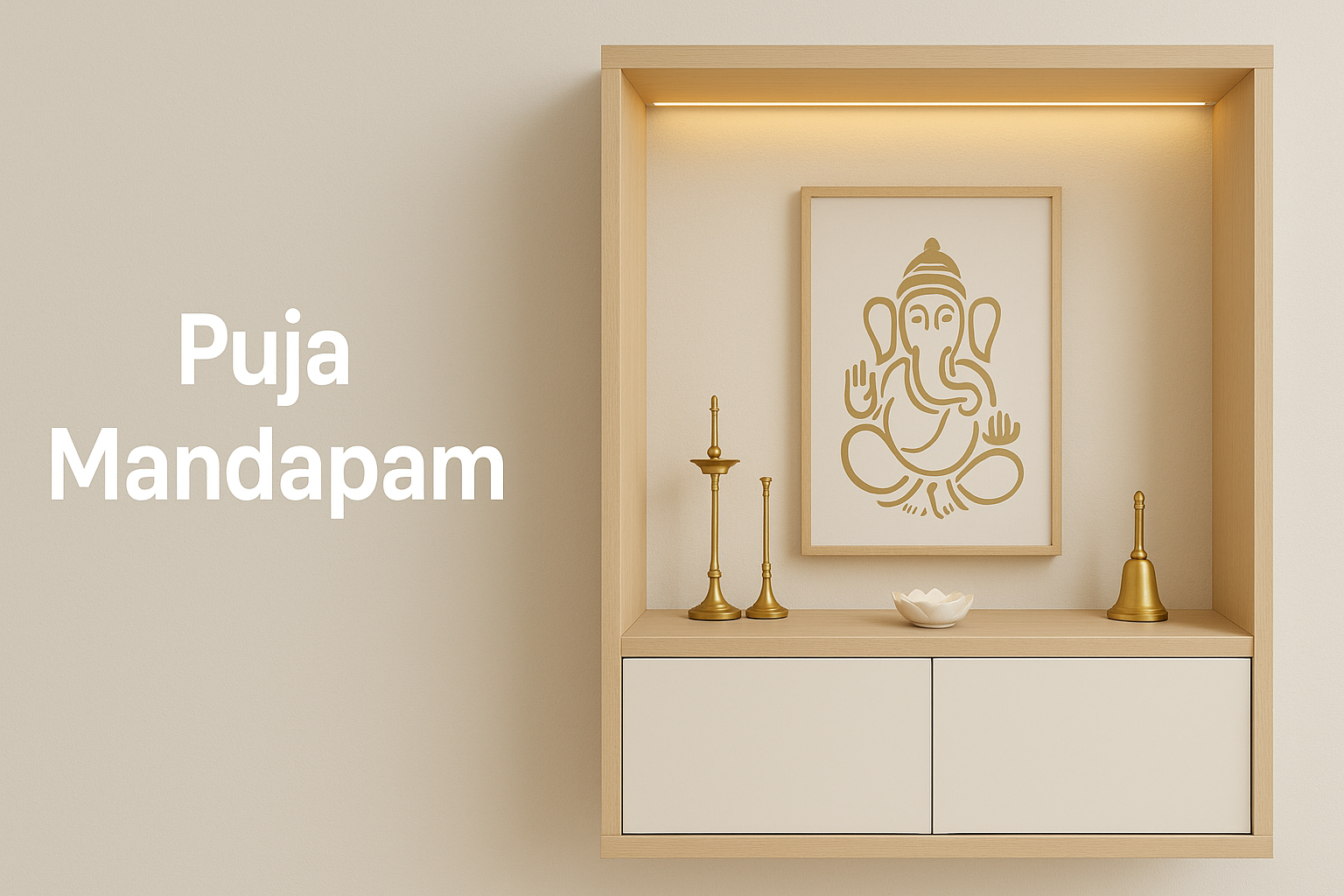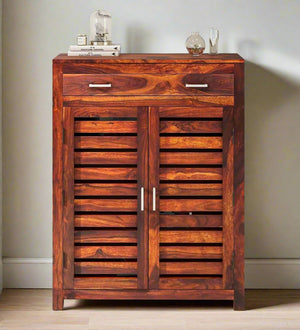Puja Mandapam – The Heart of Traditional Worship

A Puja Mandapam is more than just a physical structure—it is a sanctum of devotion, where every ritual, chant, and offering connects the soul to the divine. Found in homes, temples, and wedding ceremonies, the mandapam represents a sacred space aligned with spiritual energy.
What is a Puja Mandapam?
Traditionally, a puja mandapam is a canopy or platform designed for performing Hindu rituals. In temples, it's the central spot for deity installation. In homes, it symbolizes a focused area of devotion. Crafted from wood, stone, or marble, it often features ornate pillars, steps, and a throne-like pedestal for the deity.
Choosing a Mandapam for Your Home
When designing a mandapam at home:
-
Material: Teak, rosewood, or marble
-
Structure: Four-pillared with a gopuram-style top or open frame for modern styles
-
Carvings: Floral motifs, kalash symbols, and mythological figures
Placement Tips
-
Best direction: Northeast corner of the house
-
Avoid placing near bathrooms or beneath staircases
-
Ensure the idol doesn’t face the south
Decor Ideas
-
Hang bells from the mandapam's canopy
-
Decorate with banana leaves and marigold strings during festivals
-
Place brass lamps at each corner for a radiant, traditional aura
Significance in Ceremonies
In weddings, the mandapam becomes the central stage where sacred vows are exchanged. It symbolizes the divine presence blessing the union.
Conclusion
A well-crafted Puja Mandapam is the soul of sacred architecture—where aesthetics meet spirituality. Whether traditional or modern, it invites peace and blessings into your home.






